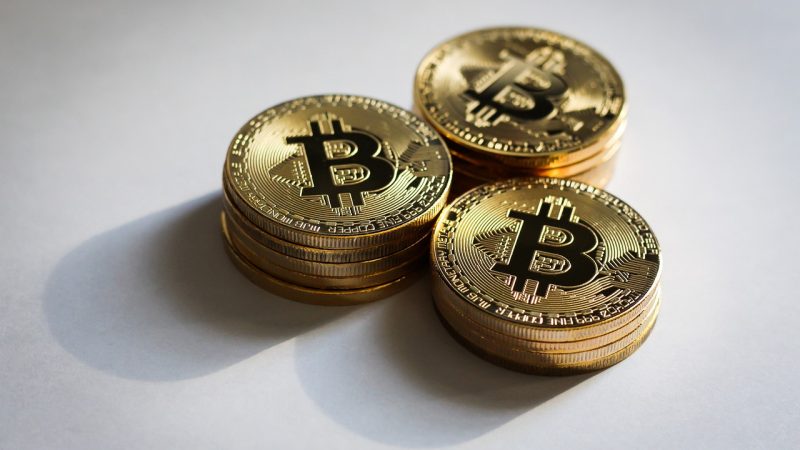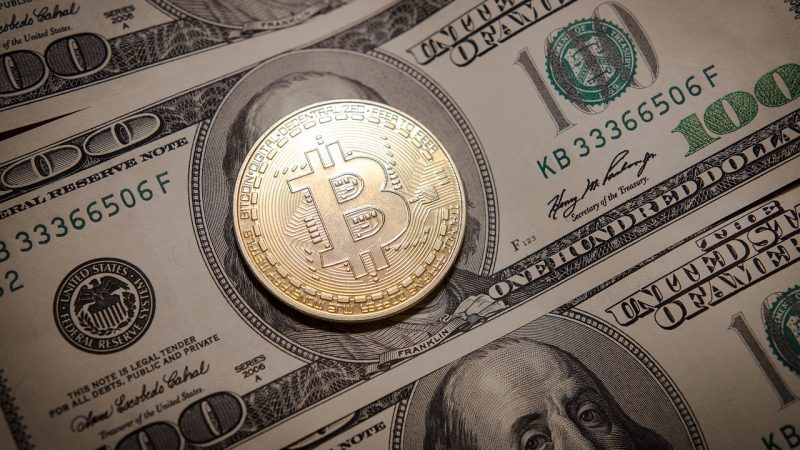Bitcoin Breaks $61,000 Barrier, ETF Race Continues

Bitcoin has surpassed the $61,000 mark for the first time since November 2021. At 16:20, it was traded at $61,162, up by 5.9%. Since the beginning of the year, the cryptocurrency created by the mysterious Satoshi Nakamoto has gained 34.6%.
The rally is primarily due to the success, exceeding expectations, of the Bitcoin spot price ETFs traded on the NYSE, Nasdaq, and Cboe (Chicago Board Options Exchange), launched on January 11th of this year after the long-awaited approval by the SEC.
The Bitcoin spot price ETF launched by BlackRock, named Ibit, yesterday recorded over $1.3 billion in daily trading volume for the second consecutive day. Nearly 42 million shares changed hands, according to Nasdaq data, more than double the average since it began trading on January 12th. The record for trades registered by all Bitcoin ETFs listed on the US exchanges was reached last Monday with volumes of $2.4 billion.
And Now, the Halving
Beyond the ETF effect, the halving effect is starting to be felt. As explained by Adrian Fritz, the Head of Research at 21Shares, the halving, meaning “reduction by half,” is an operation that “occurs at regular intervals (every four years) and consists precisely of halving the amount of Bitcoin that miners receive as compensation after adding new blocks to the blockchain. Along with the maximum supply limit of 21 million tokens, this mechanism represents one of the strategies through which Bitcoin maintains its scarcity and, therefore, its market value.”
The halving that will occur around mid-April will be the fourth in history, and as Fritz emphasizes, “will result in miners’ compensation dropping from 6.25 to 3.125 tokens, halving the annualized inflation rate from about 1.70% to about 0.85%, while the asset will continue its programmed path towards the previously mentioned 21 million units.”
It’s also noted that “the supply shock following the halving, along with the narrative created around it,” Fritz recalls, “has always led Bitcoin to register outperformance in the twelve months following and it has been observed that, on average, within 172 days the asset surpasses its all-time high (Ath), while it takes 308 days to reach a new cycle high once the Ath is surpassed. So, the new high of the fifth cycle should arrive around mid-February.” However, history never repeats itself in the same way. And indeed, several analysts do not rule out that if this pace continues, Bitcoin could surpass its current record of $69,000 before mid-April.




